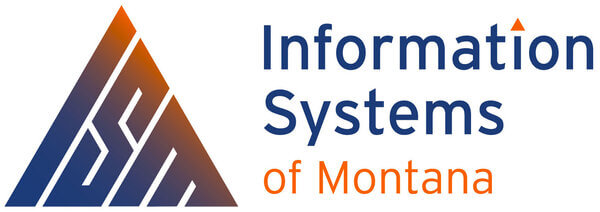In a sobering reminder that even the most trusted platforms aren't immune to cyber threats, a recent high-profile breach of Microsoft’s cloud services exposed vulnerabilities that impacted multiple U.S. government agencies. A China-based threat actor known as Storm-0558 exploited a Microsoft vulnerability to forge authentication tokens—bypassing security measures and gaining access to sensitive emails from organizations like the State and Commerce Departments.
While this incident made headlines due to its geopolitical implications, the breach offers a crucial lesson for small and mid-sized businesses (SMBs): if federal agencies can be targeted through cloud vulnerabilities, so can you.
Key Takeaways
- Cloud ≠ Invincible: The Microsoft breach shows that cloud providers, even those as big as Microsoft, aren't impenetrable. While the cloud offers scalability and convenience, it requires active security management—not blind trust.
- Zero Trust is Not Optional: Gone are the days when perimeter defenses were enough. Implementing a Zero Trust architecture—where no user or device is automatically trusted—is a must for businesses of any size.
- Defense in Layers: This breach underscores the need for multi-layered defense strategies. From identity management and MFA to SIEM tools and endpoint detection, layering your defenses helps reduce the risk of a single point of failure.
- Audits and Monitoring: Regularly audit access logs, monitor user behavior, and invest in real-time threat detection to catch unusual activity before it becomes a full-blown incident.
Final Thoughts
The Microsoft cloud breach isn’t just a headline—it’s a call to action. Companies must recognize that cybersecurity is not a set-it-and-forget-it checkbox. It’s an evolving, proactive practice. Partnering with a ISM ensures your business has the tools, policies, and people in place to defend against the threats of today—and tomorrow. Learn more HERE.

